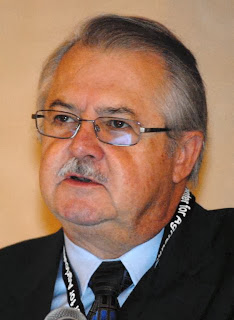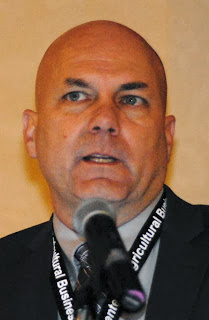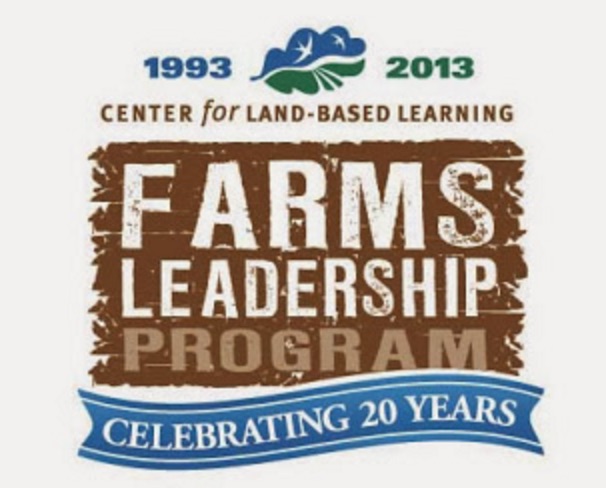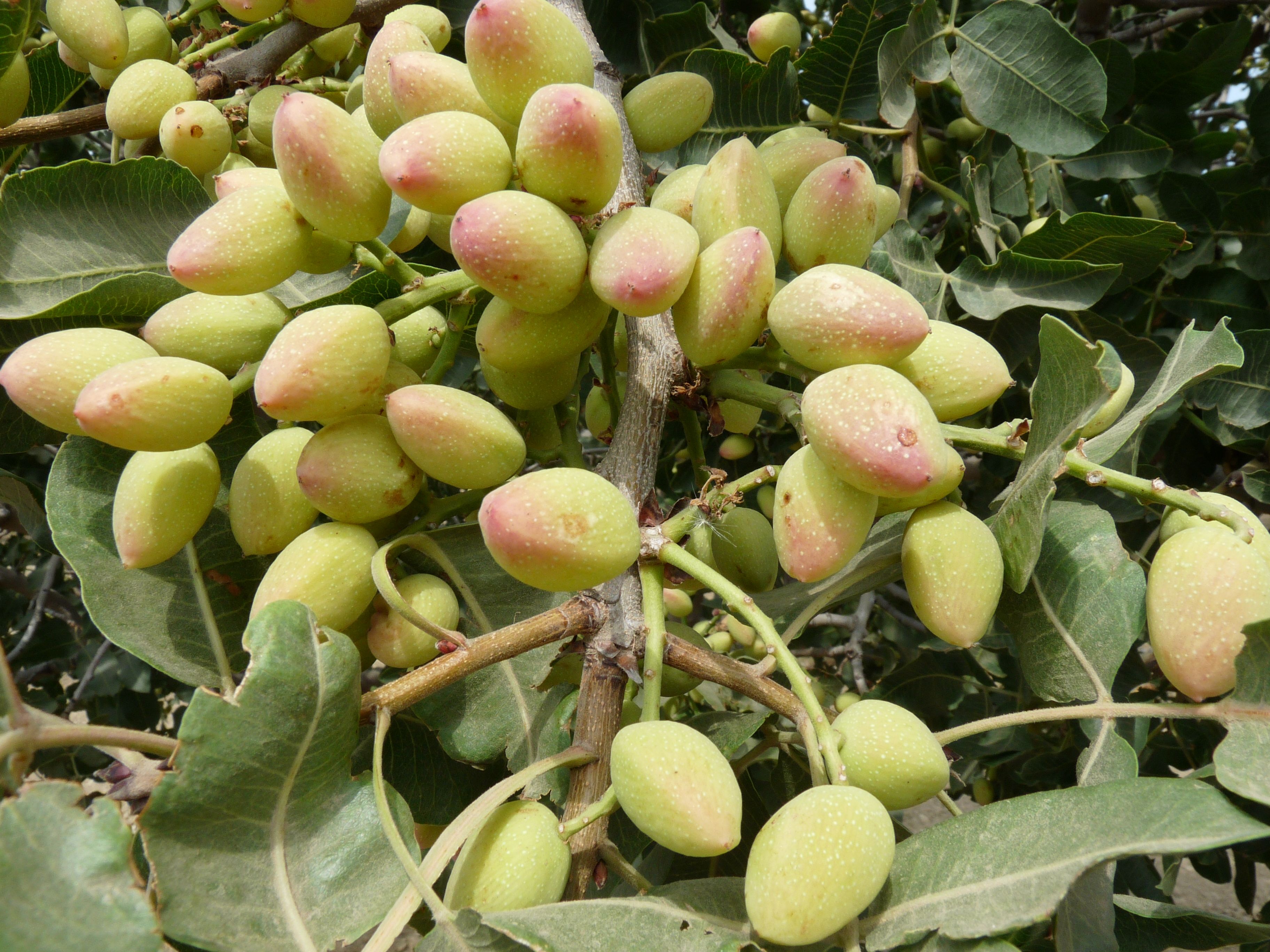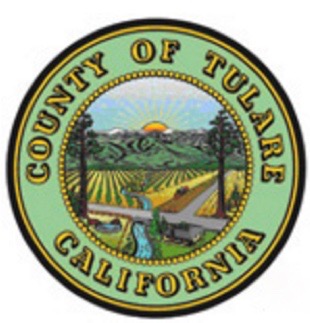2014 AG Trends
2014 Ag Trends and Land Values
By Patrick Cavanaugh, Editor
At the Outlook 2014 California Agriculture Thriving Through Change meeting about ag trends and land values, this week in Fresno, the crowd was upbeat despite the drought and regulations facing the farming industry.
Nat DiBuduo, President of the Allied Grape Growers is also an Accredited Farm Manager and President of the California chapter of American Society of Farm Managers and Rural Appraisers (ASFMRA), which hosted the conference.
“We talked about a lot of different commodities today starting out with citrus and ending with the dairy industry. And I am really happy to say that everyone, including the dairy industry are on a high,” DiBuduo said. “We do have our challenges; we have the drought issues and how that it is affecting things, but I would still say that California agriculture is positioned for a good future.”
“Granted, we have regulatory issues, drought issues, immigration issues to deal with, but the messages of the day’s meetings were positive,” noted DiBuduo.
It was also announced that ag land prices in all areas of the state and nearly all commodity prices are up.








